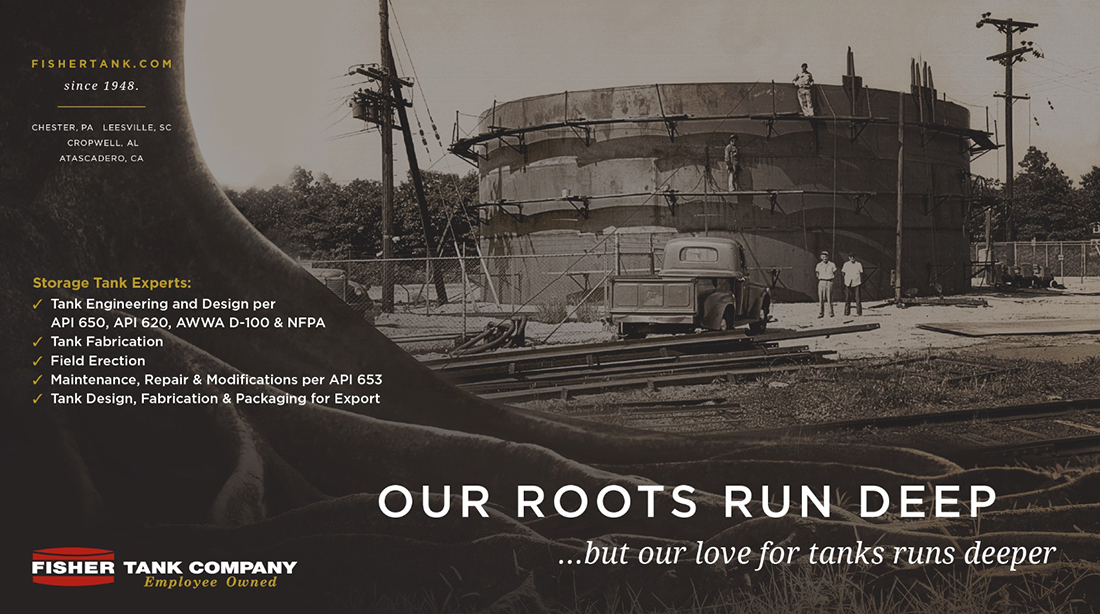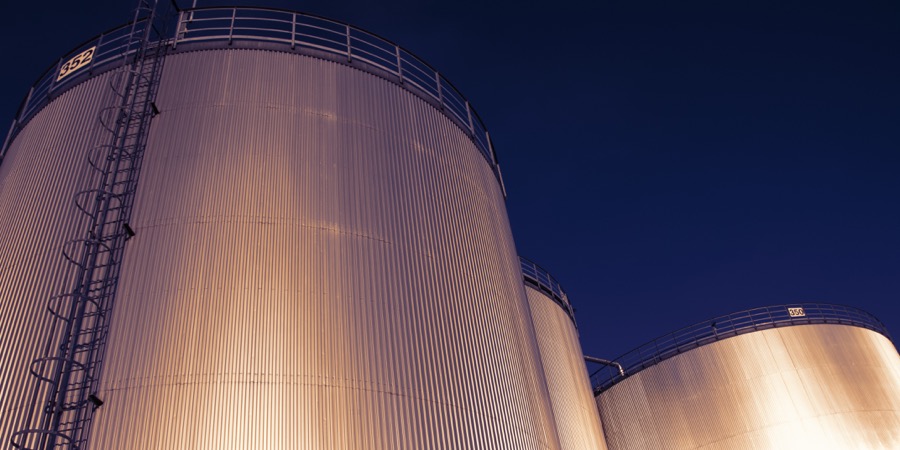Shell’s Quest Carbon Capture and Storage (CCS) facility has captured and safely stored four million tonnes of CO2, ahead of schedule and at a lower cost than anticipated.
Four million tonnes of CO2 is equal to the annual emissions from about one million cars. Quest has now stored underground the most CO2 of any onshore CCS facility in the world with dedicated geological storage.
Michael Crothers, Shell Canada President and Country Chair commented: “If Quest were to be built today, we estimate it would cost about 20-30 percent less to construct and operate. With our know-how, strong regulatory frameworks and ideal geology, Canada is uniquely positioned to capitalise on CCS technology.”
“Canada’s oil and natural gas sector recognised the need to reduce CO2 emissions and by leveraging technology and Canadian ingenuity, we are delivering impressive results,” said Tim McKay, President, Canadian Natural Resources Limited. “Quest’s achievement reinforces the significant opportunity that CCS projects have in the ongoing responsible development of Canada’s energy resources as part of a lower carbon emissions future.”
Quest is operating at a lower cost thanks to a variety of factors including lower variable costs, capture reliability and reduced storage costs. To help encourage wider use of CCS technology around the world and bring down future costs of building CCS facilities, the designs, certain intellectual property and data from Quest are publicly available. This is due to Quest’s government funding arrangement, which is tied to knowledge sharing commitments to benefit future CCS projects.
“While Quest has benefited from significant government funding, the rapid learning curve and cost reductions are making CCS increasingly self-sufficient,” added Crothers. “Industry is looking at carbon capture utilisation and storage (CCUS), which could provide the ability for projects to be self-funded if they are able to generate revenues from CO2. Currently, CCUS for enhanced oil recovery (EOR) is the most commercially viable option to progress self-funded carbon capture.”
Since its start up in late 2015, the capture process at Quest has also worked better than anticipated, helping the facility exceed its target of capturing one million tonnes of CO2 per year. The facility is also safely storing the CO2 deep underground better than expected. The geological formation used for storage, which is prevalent across much of Western Canada, is demonstrating incredible capacity for CO2 injection.
Quest is world’s first commercial-scale CCS facility applied to oil sands operations and is operated by Shell on behalf of the Athabasca Oil Sands Project (AOSP).
The Quest CCS facility captures and stores about one third of the CO2 emissions from the Shell-operated Scotford Upgrader near Fort Saskatchewan, Alberta, which turns oil sands bitumen into synthetic crude that can be refined into fuel and other products. The CO2 is transported through a 65-kilometre pipeline and injected more than two kilometres underground below multiple layers of impermeable rock formations.
For more information visit www.shell.com













